
Review on 📻 Bingfu Ham Radio Antenna Adapter: SMA Female to UHF SO239 Female, 1m RG58 Coaxial Jumper Cable for Handheld Ham Two Way Radio Walkie Talkie Kenwood Wouxun Baofeng BF-F8HP UV-5R UV-82 BF-888S GT-3 by Jacolbe Mind

So far so good. The cable is heavier than expected.
FIRST NOTE: I see some bad reviews, the buyer didn't understand what this cable is for. It's unfortunate for them, and if they're not experienced radio users, I understand that. I'm a long-time radio amateur and knew what this category of cable was used for. The idea is that you have an external antenna - probably a mobile antenna with a magnetic mount - on the roof of the car. This cable has a "PL-259" or "UHF" connector (same, two names). But your radio had a tiny SMA connector. There are UHF-SMA adapters, but the heavy coax cable and adapter can put some strain on the wireless port. A similar "pigtail" adapter reduces this burden. I ordered two and they arrived yesterday. Haven't used them yet so I'll edit this review if I run into any issues. I screwed one to the HT (more on that below) but haven't tried it with an antenna. First note: the design seems to be very good. The connection at both ends is solid, although covered in heat shrink that might hide some imperfections. I'm assuming both ends are crimp connections and I have no problem with that as long as they're done well. The coaxial cable is heavier than I expected. I have several other "versions" that use the RG-174. This wire is stamped RG58AU, although it appears to be slightly thinner than the typical RG58. Anyway, no big deal. This isn't used in a high stress environment, but is interesting to note. I don't think this slightly heavier cable adds too much extra load to the SMA connector, but it does add a bit. A feature of this type of "jack" SMA cable is that it does not have a flying end. - Swivel collar to screw onto the radio, like the male SMA connector. I was curious if they have any scheme to solve this problem but they don't have any. You either have to rotate the entire cable (not possible if an antenna cable is connected to the other end) or rotate the radio. I tested this by turning the radio on, which worked fine. But I'll be using this a lot with the power cord (changing batteries) on the radio, so it doesn't want to freak out either. No big deal - it's easy to take it off for a moment. I mention this because manufacturers have a choice of antenna connectors on their radios. All Japanese manufacturers (ICOM, Kenwood, Yaesu) chose the female gender. All Chinese manufacturers I know (TYT, Baofeng, Anytone) prefer to put a plug on the radio. There is no difference when connecting an antenna, but this means that "extended" antennas without an adapter are incompatible. However, this creates a "radio cranking phenomenon" when using such an adapter cable.
- practical item
- so far so good
New products
Comments (0)
Top products in 🎧 Home Audio Accessories
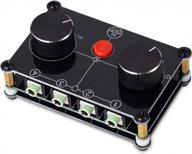
Nobsound Little Bear MC104 4(1)-In-1(4)-Out 4 Port 3.5Mm Stereo Audio Switcher For Passive Speakers And Headphones - Manual Selector Splitter Box In Black

42 Review
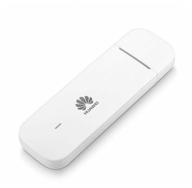
4G LTE modem HUAWEI E3372h-320 White

49 Review

HYZUO 13-Inch Laptop Sleeve Case For MacBook Air And MacBook Pro With Accessory Bag, Mint Green Faux Suede Leather Finish

34 Review
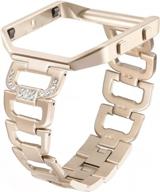
Women'S Bayite Stainless Steel Bands With Frame And Rhinestone Bling, Compatible With Fitbit Blaze For Stylish Replacement Accessory Straps

45 Review
Another interesting products
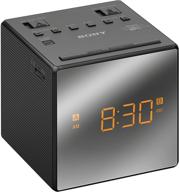
Sony ICFC1TBLACK Alarm Clock Radio

11 Review

Experience Dynamic Audio with Panasonic SC-UX100 CD & USB Wireless Bluetooth 300W Mini Hi-Fi System Shelf Stereo

19 Review

Stream Your Favorite Tunes With AUNA KR-200 SI Internet Kitchen Radio - Spotify Support, Remote Control, And More!

15 Review
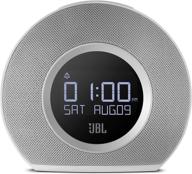
JBL Horizon Bluetooth Alarm Clock Radio with Multiple Alarms, Soothing Ambient LED Light, Automatic LCD Display, and Dual USB Charging (White, AM/FM Radio)

41 Review

